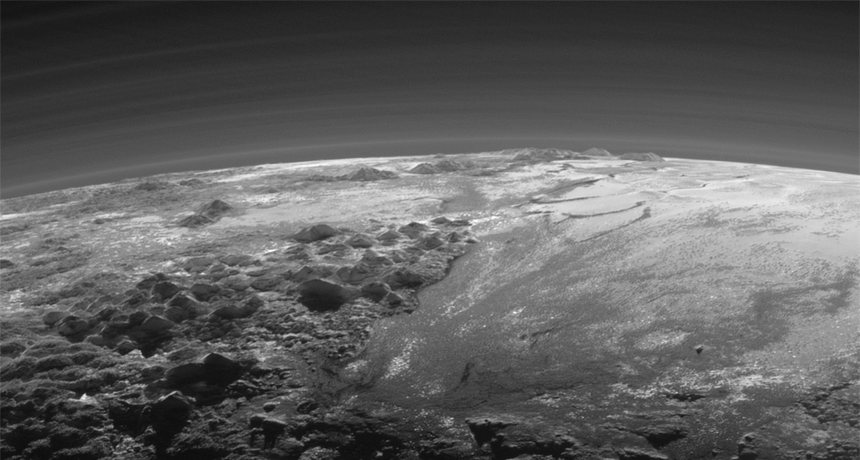Questions for ‘Cool Jobs: Probing Pluto’

New Horizons made many images of Pluto, including this one of mountains and plains on its surface.
NASA/JHUAPL/SwRI

New Horizons made many images of Pluto, including this one of mountains and plains on its surface.
NASA/JHUAPL/SwRI